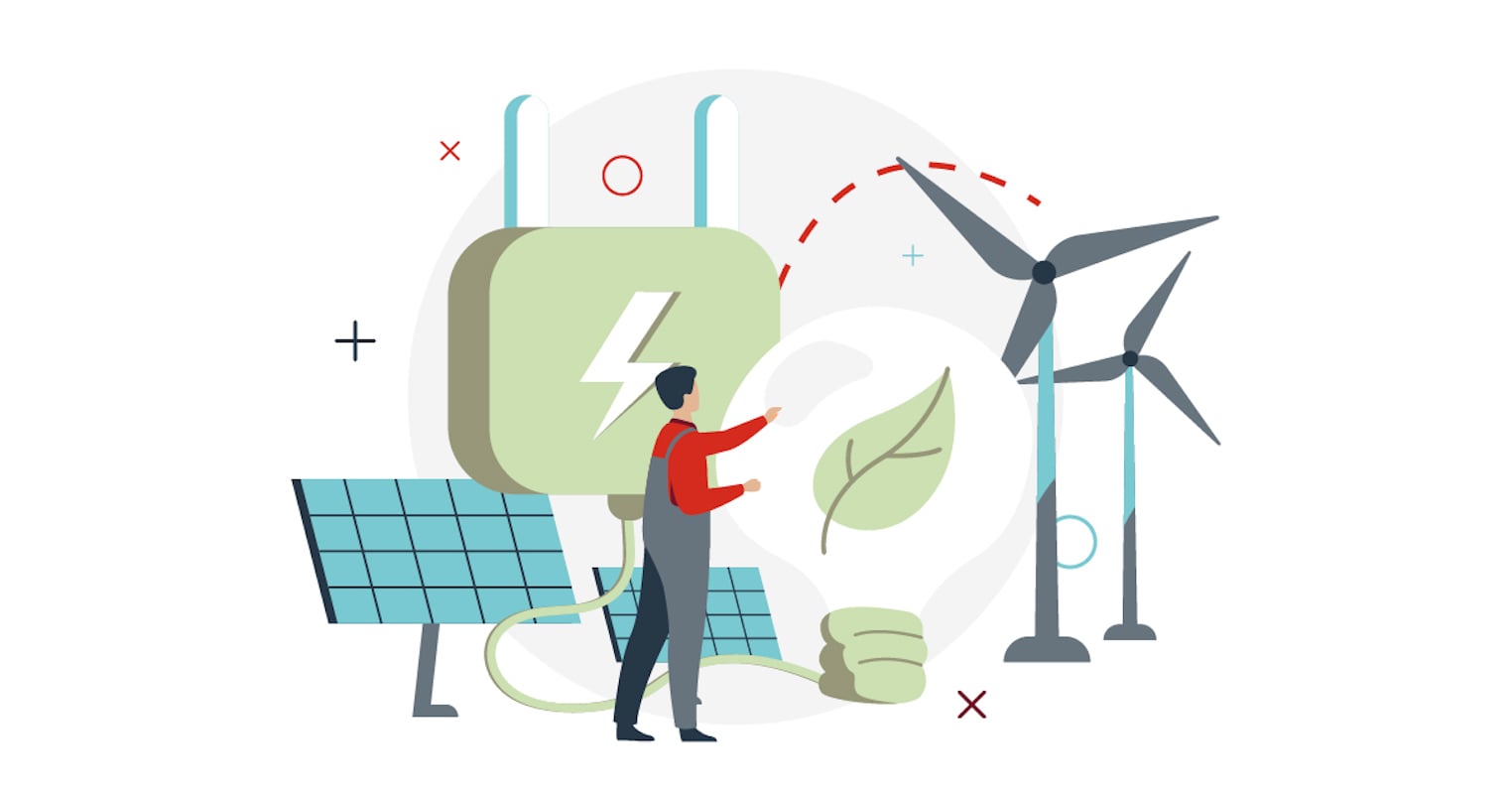Thursday, September 15, 2022
Fostering the optimization of consumption, from the smallest to the most complex actions, is essential not only to promote decarbonization, but also to encourage savings and gain energy resilience in the face of an uncertain geopolitical future.
By Pablo Suárez
While there has long been a tendency to perceive every step in industry as a new industrial revolution, it seems that the myriad transformation processes in which the world is immersed today truly mark the beginning of a new era. Decarbonization implies one of the most radical changes to the energy model in history for a society that faces, with no few unknowns, a key moment regarding its short-, medium- and long-term future. The green energy sources behind sustainable energy development are emerging as one of the keys to guaranteeing a future — and even a present — that will involve major changes at all levels, starting with the individual role of each citizen with respect to the ways in which energy is consumed.
Administrations and energy companies have been supporting the development of alternative and sustainable sources such as green hydrogen, biofuels, and photovoltaic energy for some time now. However, the industrial effort may be insufficient if it is not accompanied by a conscious commitment on the part of citizens.
This situation has forced the European Union to design a new approach that must, without fail, follow the line set by Agenda 2030 and the European Green Deal, an immovable route for the recovery of member countries following the pandemic. In fact, the threat of a gas supply cut brought on by the conflict in Ukraine has led Europe to take energy saving measures. In addition to the 15% cut in gas consumption until next spring, member countries have opted for other actions such as limiting air conditioning in public buildings and offices (between 27 ºC and 19 ºC); turning off lights in public buildings, in shop windows and on advertisements; and closing doors in air-conditioned stores.
At this point, the premise that should carve out the path in the coming years with respect to energy is obvious: do more with less. Not from a negative point of view — it is not about being cold or moving from place to place less — but from an attention-grabbing and, above all, innovative and intelligent perspective. To do this, the entire panorama must be reorganized, from daily routines to more complex matters.
What we can do
Beyond the classic energy-saving measures, such as opening and closing windows and blinds depending on the outside light to cool or heat the home, or not leaving electronic devices on 'standby' (they continue to consume electricity), there are more and more efficiency-based household measures that help reduce the climate impact and the electricity bill. Along with energy-efficient household appliances, photovoltaic self-consumption systems are one of the solutions with the greatest impact: in addition to generating our own energy, they allow us to easily monitor our energy use to make our consumption habits more efficient.
But, in particular, we can drive efficiency when building homes, applying basic sustainability concepts to increase energy savings and reduce CO2 emissions. Methods as simple as protecting the facade according to the geographical orientation of the house, designing an inverted roof to prevent energy loss, or installing windows with thermal breaks and low-emission glass can make a major individual contribution to improving energy consumption.
According to the IEA, reducing the maximum speed on highways and freeways by 10 kilometers per hour would save about 290,000 barrels of oil per day.
Other aspects, such as mobility, can also contribute to more responsible consumption. According to the International Energy Agency (IEA), reducing the maximum speed on highways and freeways by 10 kilometers per hour would save about 290,000 barrels of oil per day. These figures are corroborated by the Spanish Directorate-General of Traffic (DGT - Dirección General de Tráfico), which points out that going from 90 to 120 kilometers per hour means a 30% increase in consumption. Based on this data, a near-symbolic reduction in speed is key to optimizing fuel consumption when driving. These measures, in addition to other more obvious ones, such as using public transport, electric mobility, or biofuels, or taking advantage of carsharing in cities, helps accelerate the effort of institutions.
Similarly, businesses and industries can (and should) also reduce their impact through energy efficiency. For example, in addition to implementing efficiency technologies in its Energy Parks, such as those designed to harness residual heat in its processes, Cepsa is installing photovoltaic solar panels at its service stations to achieve self-sufficiency and feed the surplus into the grid, with plans for all to operate with this 100% renewable energy by 2023.
Although efficiency sometimes goes unnoticed, these contributions are real pillars on which to build a greener world. Active awareness on the part of society is one of the keys to ensuring that the energy transition remains at the heart of the strategy. Otherwise, if decarbonization is not achieved on schedule, the future will be unpredictable. The power to avoid an uncertain future resides in all of us.
¿Te ha parecido interesante?





